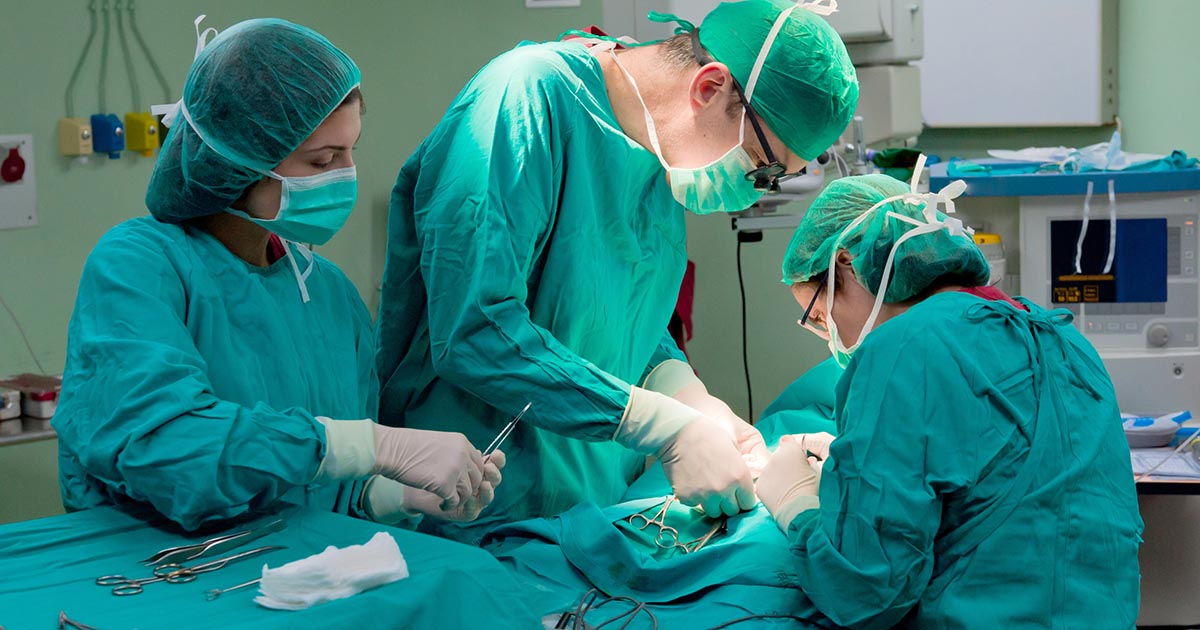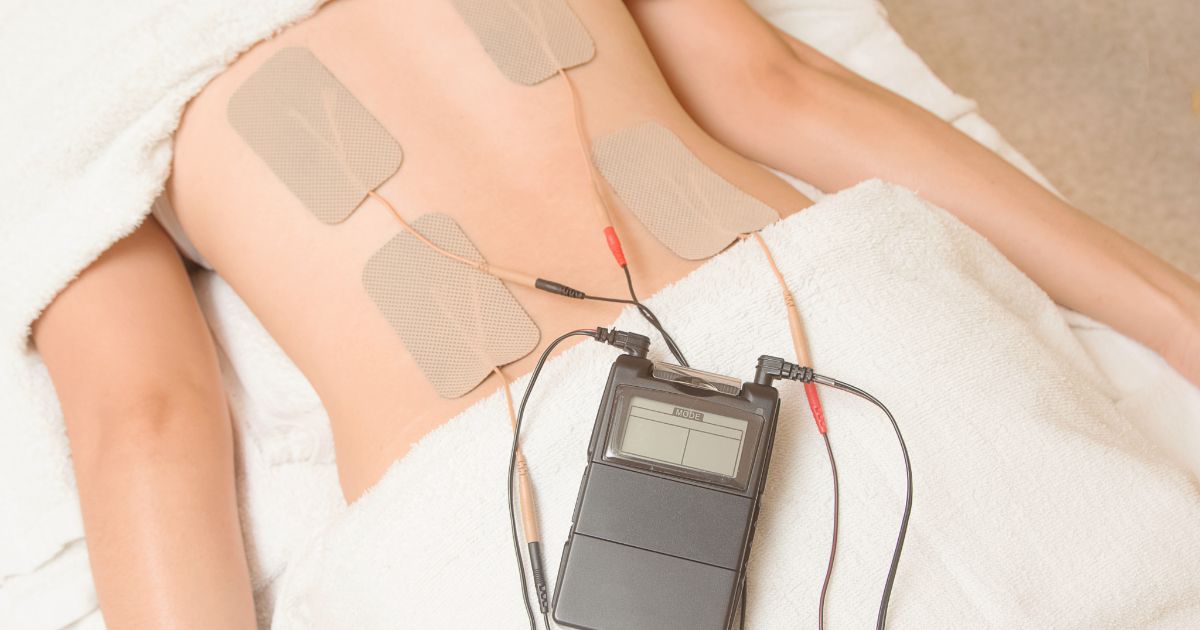Treating And Preventing Reflex Sympathetic Dystrophy
Reflex sympathetic dystrophy syndrome (RSD) is a condition that causes lasting pain in some part of the body. Usually, the affected area will be a leg or arm. It tends to occur after a heart attack, stroke, or injury. However, the pain's severity is often worse than the first injury. Though doctors are unsure what the exact cause is, they're capable of treating some cases.
Reflex sympathetic dystrophy is the older term used to describe a particular version of complex regional pain syndrome, otherwise known as CRPS. Sometimes, reflex sympathetic dystrophy syndrome is referred to as Type 1 CRPS. The cause tends to be tissue injury without any discernible nerve damage.
Cool And Moist Compresses To Affected Area

Reflex sympathetic dystrophy syndrome doesn't have a cure, but there are many different treatments available. The most important component is early detection. When individuals catch the syndrome earlier, they tend to respond better to pain management options. There have been certain cases of RSD that don't improve with treatment. One of the most common at-home remedies is cool and moist compresses to the affected area. Some patients with reflex sympathetic dystrophy syndrome feel pain like a burning sensation.
By wetting a washcloth with cool water and applying it to the burning area, some of the symptoms can be alleviated. This method of treatment is a common means of symptom management because it doesn't require medication, doesn't involve invasive medical procedures, and is easily accessible to everyone with access to water. With that said, it won't necessarily alleviate all of the symptoms.
Surgical Sympathectomy

In most cases, doctors will recommend medication before they recommend a surgical option. However, surgery may help patients who don't respond to medications, or whose pain is too severe to be managed by them alone. A surgical sympathectomy occurs when a surgeon clamps or cuts the sympathetic nerve chain, which can be found around your spine. It's a significant portion of the nervous system because it controls your fight-or-flight response. When the surgeon clamps the chain, nerve signals are prevented from passing through.
Many different conditions can be treated by a sympathectomy, with reflex sympathetic dystrophy syndrome being one of them. It's a permanent procedure only used as a last resort when other treatment options haven't been effective. Following a sympathectomy, an individual's brain no longer has the ability to send such severe pain signals to the affected portion of the body.
Spinal Cord Stimulation Devices

Spinal cord stimulation devices are used in a type of therapy called spinal cord stimulation. This therapeutic method helps to mask the body's pain signals before they're able to reach the brain. The device is small and bears similarities to a pacemaker. It is surgically implanted into the body and delivers electric pulses to a person's spinal cord. This helps individuals with chronic pain manage their symptoms, decreasing the need for opioid medication.
These devices are typically used for reflex sympathetic dystrophy syndrome patients with chronic arm, leg, or back pain who have not had their symptoms relieved by other methods. When the device is turned on, it stimulates the nerves found in whatever area you feel pain. This causes a reduction in pain due to the modification and masking of pain signals through the electrical pulses.
Gradual Exercise

Gradual exercise is a good option to prevent contractures. A contracture occurs when there is constriction or stiffness with the body's connective tissues. This might happen in the skin, ligaments, tendons, and muscles. With reflex sympathetic dystrophy syndrome, contractures are most commonly found in the tendons and muscles. They can increase the pain a patient feels.
Many doctors will recommend gentle exercise to help keep the muscles stimulated and prevent atrophy. It's important to note, however, that exercise won't be manageable for everyone. In certain conditions where the pain is too great, patients may become exhausted by exercise. Individuals are more likely to have success with exercise when they're in the early stages of the disease, rather than the later ones.
Early Immobilization Of Stroke Or Heart Attack Patients

Not a great deal is known about why reflex sympathetic dystrophy syndrome happens or how to prevent it. Researchers know it occurs following an injury, but they don't know what exactly triggers the pain. However, some researchers have shown evidence that early immobilization of stroke or heart attack patients can decrease an individual's chances of reflex sympathetic dystrophy syndrome development.
Another potential preventative measure is vitamin C supplements. Certain research indicates when a patient has a bony fracture, they might have a decreased risk for reflex sympathetic dystrophy syndrome development if they take vitamin C daily to boost their immune health. These are the best ways researchers currently have to keep reflex sympathetic dystrophy syndrome from developing. While they aren't foolproof, they do seem to be effective at reducing the risk.
